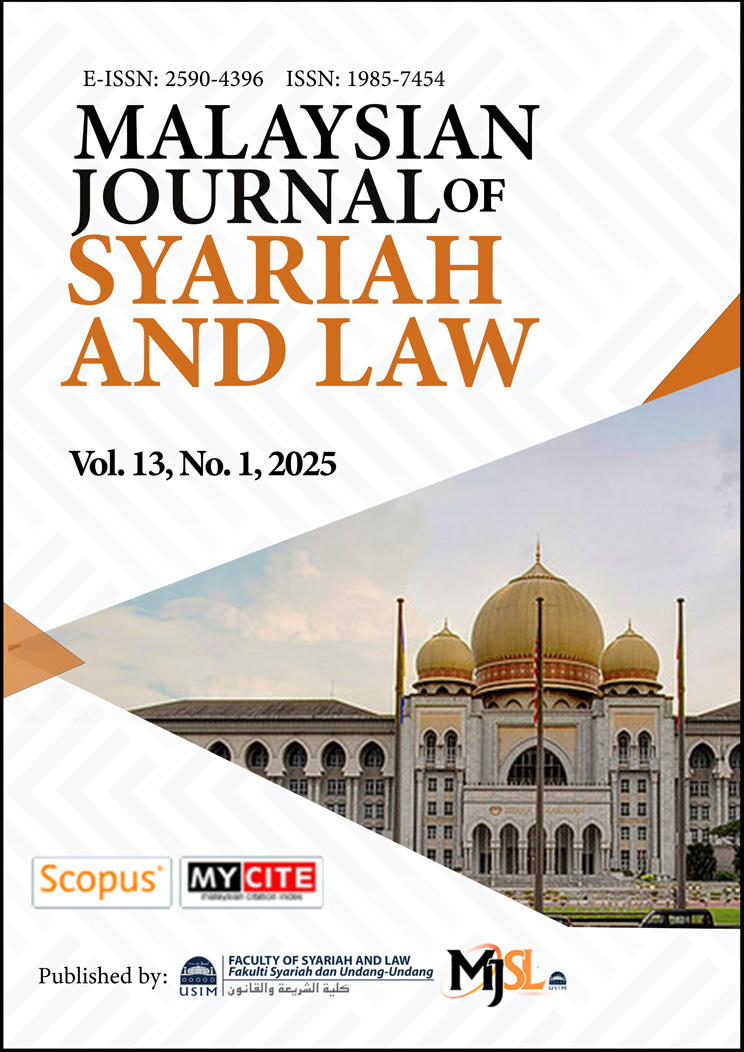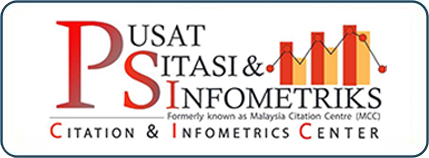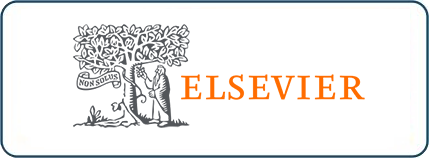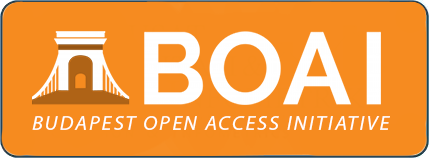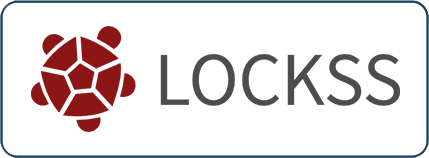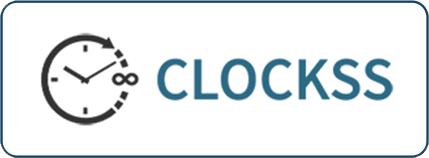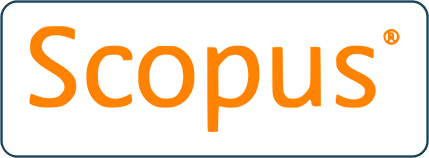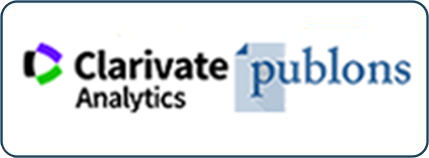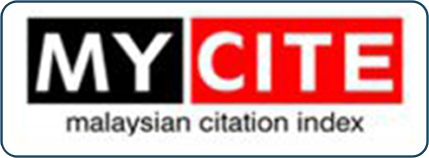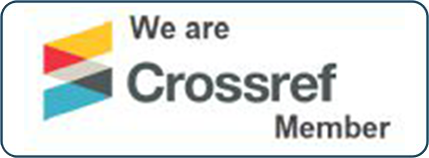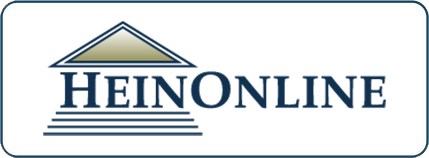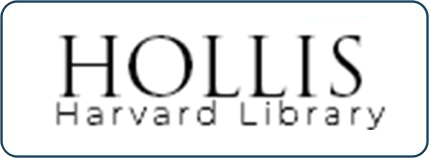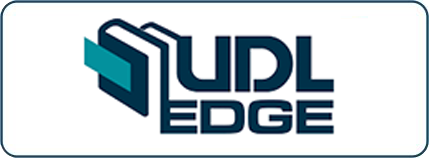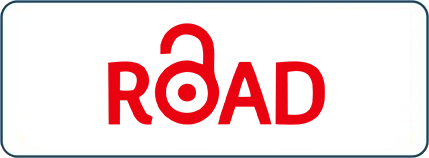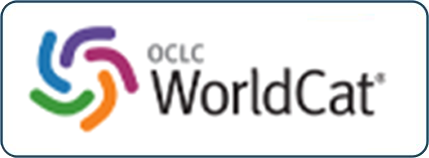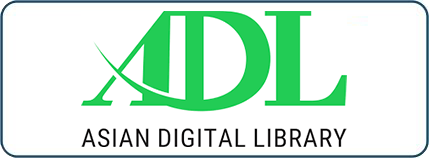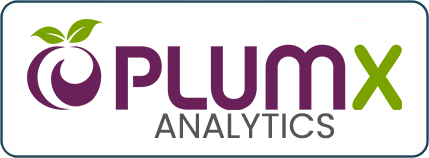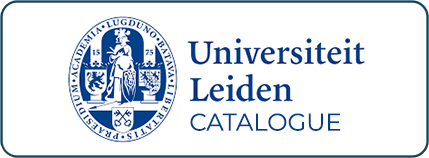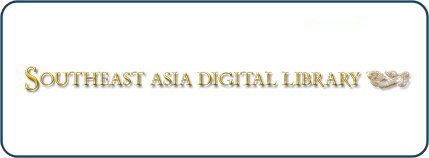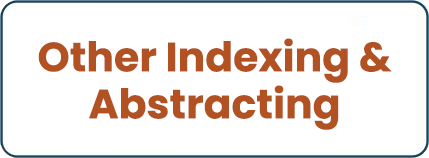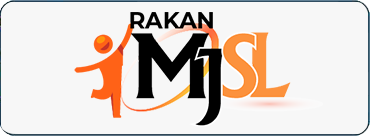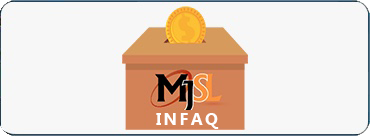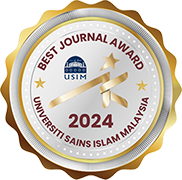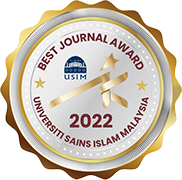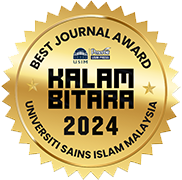MODERNISING SITE-BLOCKING MECHANISM IN PROTECTING COPYRIGHT OWNERS CONTENT AGAINST DIGITAL PIRACY IN MALAYSIA
DOI:
https://doi.org/10.33102/mjsl.vol13no1.763Keywords:
Copyright law, digital piracy, site-blocking, copyright enforcement, digital technologyAbstract
The rapid evolution of digital technology and the widespread demand for online content have facilitated the rise of digital piracy, posing significant challenges to copyright protection. In Malaysia, digital piracy undermines copyright owners' revenue potential and creative incentives, causing substantial financial losses across various industries. Malaysia has incorporated site-blocking mechanisms under section 263 of the Communications and Multimedia Act 1998 and section 43C(2) of the Copyright Act 1987 to combat this issue. These measures aim to disrupt access to websites hosting pirated content, deterring illegal copyright consumption. However, the effectiveness of these mechanisms is continually challenged by the adaptive tactics of digital pirates, jurisdictional limitations, and technical workarounds that allow access to pirated content despite blocking attempts. Determining whether these site-blocking mechanisms effectively protect copyright owners' content against digital piracy necessitates a thorough evaluation of their strengths and weaknesses and a consideration of modern strategies for improvement within those acts. This paper hence will explore the current overview of site-blocking in Malaysia, identify the gaps in improvements and propose recommendations for enhancing the site-blocking frameworks to more effectively combat digital piracy and protect copyright owners' content against digital piracy in the currently evolving digital space.
Downloads
References
Adnan, T. B. T. M. (2022, January 6). “CyCore aims to fight copyright violations of local films, says Nanta”. Sinardaily. https://www.sinardaily.my/article/170560/focus/cycore-aims-to-fight-copyright-violations-of-local-film-says-nanta
Alita, S. (2019, February 25). “The Malaysian government is working to battle digital piracy”. OpenGov Asia. https://opengovasia.com/2019/02/25/malaysian-govt-working-to-battle-digital-piracy/
Aris, A. (2023, September 11). “My say: No to total freedom of expression”. The Edge Malaysia. https://theedgemalaysia.com/node/681980
Article 19. (2016). “Blocking and filtering: A guide to internet censorship”. https://www.article19.org/data/files/medialibrary/38586/Blocking_and_filtering_final.pdf
Article 19. (2017). “Malaysia: The Communications and Multimedia Act 1998 legal analysis”. https://www.article19.org/wp-content/uploads/2018/02/Malaysia-analysis-Final-December-2.pdf
Astro Awani. (2024, March 24). “Malaysia is on a warpath to battle the best digital piracy”. Astro Awani. https://www.astroawani.com/berita-malaysia/malaysia-warpath-best-digital-piracy/-463728
Atiyah, G. A., Abdul Manap, N., & Ibrahim, A. I., & Rahman, A. (2024). Legitimacy of smart contracts from the perspective of Islamic law: A case study of blockchain transactions. Al-Istinbat: Jurnal Hukum Islam, 9(1), 155-192.
Aversa, P., Hervas-Drane, A., & Evenou, M. (2019). Business model responses to digital piracy. California Management Review, 61(2), 30–58. https://doi.org/10.1177/0008125618818841
Chatterley, A. (2023, January). “Discover piracy data review”. MUSO TNT. https://f.hubspotusercontent40.net/https://www.muso.com/piracy-by-industry-report-2023
Cheo, C. (2016, April 14). “Score one for the good guys: Protecting Singapore’s creativity”. Motion Picture Association Asia Pacific. https://www.mpa-apac.org/2016/04/score-one-for-the-good-guys-protecting-singapores-creativity/
Chua, E. (2019, February 4). “Crackdown on unauthorised sites”. The Star. https://www.thestar.com.my/news/nation/2019/02/04/crackdown-on-unauthorised-sites-mcmc-in-drive-to-end-illegal-content-streaming-through-android-boxes/
Cook, S. (2017, April 13). “Is using a VPN legal or illegal? Is a VPN safe to use? Here’s what you need to know”. https://www.comparitech.com/blog/vpn-privacy/vpn-safe-legal-or-illegal/
Danaher, B., Smith, M. D., & Telang, R. (2014). Piracy and copyright enforcement mechanisms. Innovation Policy and the Economy, 14, 1-2. https://doi.org/10.1086/674030
David Lindsay, L. (2017). Website blocking injunctions to prevent copyright infringements. UNSW Law Journal, 40(4), 1507–1538.
De-Yolande, M. H. (2022). The circumvention of geo-blocking and copyright infringement. Open Journal of Social Sciences, 10(12), 88-105. https://doi.org/10.4236/jss.2022.1012007
Dinwoodie, G. B., & Springerlink (2017). Secondary Liability of Internet Service Providers. Springer International Publishing.
Doe, J. (2024, October 25). “Asian authorities step up the clampdown on using illegal set-top boxes and operators”. South China Morning Post. https://www.scmp.com/week-asia/economics/article/3284767/asia-authorities-step-clampdown-use-illegal-set-top-boxes-operators
Fiesler, C. (2020). Lawful users: Copyright circumvention and legal constraints on technology use. In Proceedings of the 2020 CHI Conference on Human Factors in Computing Systems (pp. 1–11). Association for Computing Machinery. https://doi.org/10.1145/3313831.3376745
Froomkin, A. M. (1999). Legal issues in anonymity and pseudonymity. The Information Society, 15(2), 113–127.
Gasser, U. (2006). Legal frameworks and technological protection of digital content: Moving forward towards a best practice model. Fordham Intellectual Property, Media and Entertainment Law Journal, 17(1), 40–113.
Giannopoulou, A. (2012). Copyright enforcement measures: The role of the ISPs and the respect of the principle of proportionality. European Journal for Law and Technology, 3(1), 1–10.
Holt, T. J., & Brown, S. C. (2018). Digital piracy: A global, multidisciplinary account. London & New York: Routledge.
International Intellectual Property Alliance. (2024). IIPA 2024 special 301 report on copyright protection and enforcement. https://iipa.org/files/uploads/2024/01/Final-PDF-for-Website-1.pdf
Internet Society. (2011, February 20). “Briefing on copyright policy”. Malaysian Bar. https://www.malaysianbar.org.my/article/news/agms-and-egms/resolutions/resolutions-77th-agm-18-mar-2023-
Internet Society. (2017, March 24). “Internet Society perspectives on Internet content blocking: An overview”. https://www.internetsociety.org/resources/doc/2017/internet-content-blocking/
John, M. O. (2012). Graduated response systems and the market for copyrighted works. Berkeley Technology Law Journal, 27, 559–611.
Kearney. (2024, January 9). “Video content piracy: Using the power of data and analytics to capture a multibillion-dollar opportunity”. https://www.kearney.com/industry/media/article/video-content-piracy-using-the-power-of-data-and-analytics-to-capture-a-multibillion-dollar-opportunity
Kementerian Perdagangan Dalam Negeri dan Hal Ehwal Pengguna (KPDNHEP). (2022, January 6). “Program Cyber Copyright Enforcement”. KPDNHEP. https://www.kpdn.gov.my/en/media-kpdnhep/berita-kpdn/berita-terkini/2022-berita-terkini/1098-program-cyber-copyright-enforcement
Khalid, S. (2021, February 21). “Industry calls for stiffer penalties against digital piracy amid annual losses of RM3b”. The Edge Markets. https://theedgemalaysia.com/article/industry-calls-stiffer-penalties-against-digital-piracy-amid-annual-losses-rm3b
Kim, T. H. (2009, July 12). “New online copyright law baffles users”. The Korea Times. https://www.koreatimes.co.kr/www/tech/2024/10/129_48856.html
Koay, K. Y., Soh, P. C. H., Tjiptono, F., Ramayah, T., & Lom, H. S. (2024). Understanding consumers’ digital piracy behaviour: Explanation and prediction. First Monday, 29(7), 1-18.
Kwek, C. L., Lee, M. S. C., Cham, K. S., Yap, A. M. L., & Zhang, L. (2023). The determinants of digital piracy behaviour in Malaysia. International Business Research, 16(3), 1, 1–21.
Lam, L. (2024, March 21). “English Premier League obtains Singapore court order forcing ISPs to block 25 illegal streaming websites”. Channel News Asia. https://www.channelnewsasia.com/singapore/english-premier-league-obtains-singapore-court-order-isp-block-illegal-football-streaming-sites-4210571
Latifah, E., H. Bajrektarevic, A., & Imanullah, M. N. (2019). The shifting of alternative dispute resolution: From traditional form to the online dispute resolution. Brawijaya Law Journal, 6(1), 27-37.
Lowry, P. B., Zhang, J., & Wu, T. (2017). Nature or nurture? A meta-analysis of the factors that maximise the prediction of digital piracy by using social cognitive theory as a framework. Computers in Human Behavior, 68, 104–120.
Lukasz, T. (2020). Evaluation of digital piracy by youths. Future Internet, 13(1), 1–26.
Lyu, Y., Abdullah, N. S., & Guo, S. (2024). A study on digital copyright infringement in Malaysia. International Journal of Academic Research in Business and Social Sciences, 14(1), 1269-1278. https://doi.org/10.6007/IJARBSS/v14-i1/20540
Malaysian Bar. (2023, March 18). “Resolution on respect of privacy, end of “spying” and intervention of internet without due notice, and repeal of Sections 233, 252 and 263, and other such draconian provisions in the Communications and Multimedia Act 1998 (“CMA”)”. Malaysia Bar. https://www.malaysianbar.org.my/article/news/agms-and-egms/resolutions/resolutions-77th-agm-18-mar-2023-
Maria, X., Arturo, F., & Khairul, Y. Tan, S. (2016, December 20). “The state of internet censorship in Malaysia”. Open Observatory of Network Interference (OONI). https://ooni.org/post/malaysia-report/
Marsoof, A. (2017). Geo-blocking and virtual private networks: A comparative discourse in copyright law. WIPO-WTO Colloquium Papers, 101-114.
Moon, S. Y., & Daeup, K. (2011). The strike policy in Korean Copyright Act 2009: Safe or out? Washington Journal of Law, Technology & Arts, 6(3), 172–183.
Motion Picture Association (MPA). (2019, January). “Study on site blocking impact in South Korea”. Official website MPA. https://www.mpa-apac.org/research-docs/mpaa-impact-of-site-blocking-in-south-korea-2016/
Namecheap. (2020). “How does a VPN work?”. Namecheap. https://www.namecheap.com/vpn/how-does-vpn-virtual-private-network-work/
Nigel, C. (2016, August 22). “How website blocking is curbing digital piracy without “breaking the internet”. Information Technology & Innovation Foundation. https://itif.org/publications/2016/08/22/how-website-blocking-curbing-digital-piracy-without-breaking-internet/
Noviarita, H., Kurniawan, M., & Normasyhuri, K. (2024). Developing sustainable Muslim-friendly tourism village model through digital tourism: Perspective of Shari’ah economy. Al’Adalah, 21(1), 77-87.
OECD/EUIPO. (2016). “Trade in counterfeit and pirated goods: Mapping the economic impact”. OECD Publishing. https://doi.org/10.1787/9789264252653-en
Park Associates. (2019, March 3). “Piracy and streaming services: $113 billion opportunity”. Parks Associates. https://www.parksassociates.com/blogs/press-releases/piracy-and-streaming-services-113-billion
Parliament of Malaysia. (2011, December 21). “Penyata Rasmi Parlimen Dewan Negara, Parlimen Kedua Belas, Penggal Keempat, Mesyuarat Ketiga, Bil. 23”. Portal Rasmi Parlimen Malaysia. https://www.parlimen.gov.my/hansard-dewan-rakyat.html?uweb=dr&arkib=yes
Perel, M., & Elkin-Koren, N. (2016). Accountability in algorithmic copyright enforcement. Stanford Technology Law Review, 19(2), 473–496.
Qamar, M. H., & Jamshed, J. (2024). The inadequacy of the copyright system in addressing digitalization and internet challenges. Current Trends in Law and Society, 4(1), 72–80. https://doi.org/10.52131/ctls.2024.0401.0033
Quintais, J. P., De Gregorio, G., & Magalhães, J. C. (2023). How platforms govern users’ copyright-protected content: Exploring the power of private ordering and its implications. Computer Law & Security Review, 48, 1-25. https://doi.org/10.1016/j.clsr.2023.105792
Reis, F., Godinho de Matos, M., & Ferreira, P. (2024). Controlling digital piracy via domain name system blocks: A natural experiment. Journal of Economic Behavior & Organization, 218, 89-103. https://doi.org/10.1016/j.jebo.2023.12.005
Sabrina, E. (2016). The battle against geo-blocking: The consumer strikes back. Richmond Journal of Global Law & Business, 15(1), 1–20.
Sinar Project. (2022, December 16). “Blocking of Malaysia now website”. Sinar Project. https://imap.sinarproject.org/news/blocking-of-malaysianow-website
Slabykh, I. (2019). The new approaches to digital anti-piracy in the entertainment industry. UIC Review of Intellectual Property Law, 19(1), 75–99.
Voon, C. H. (2022, February 8). “Media literacy awareness for youths in digital rights”. Malaysian Communications and Multimedia Commission (MCMC). https://www.mcmc.gov.my/berita-terkini/media-literacy-awareness-for-youths-in-digital-rights
Wang, J. (2016). Regulating hosting ISPs’ responsibilities for copyright infringement: The freedom to operate in the US, EU and China [Doctoral dissertation, Maastricht University]. https://doi.org/10.26481/dis.20161012jw
Yue, Y. (2020). The effects of movie piracy on box-office revenue: An empirical analysis of the Chinese movie market. Journal of Applied Economics, 23(1), 618–655. https://doi.org/10.1080/15140326.2020.1812477
Yusry, M. (2024, March 8). “Fahmi: Cabinet approves review of penalties under the Communications and Multimedia Act”. Malay Mail. https://www.malaymail.com/news/malaysia/2024/03/08/fahmi-cabinet-approves-review-of-penalties-under-communications-and-multimedia-act/122253
Downloads
Published
Issue
Section
Categories
License
Copyright (c) 2025 Mohd Syaufiq Abdul Latif, Nazura Abdul Manap, Nabeel Mahdi Althabhawi

This work is licensed under a Creative Commons Attribution-NonCommercial 4.0 International License.

